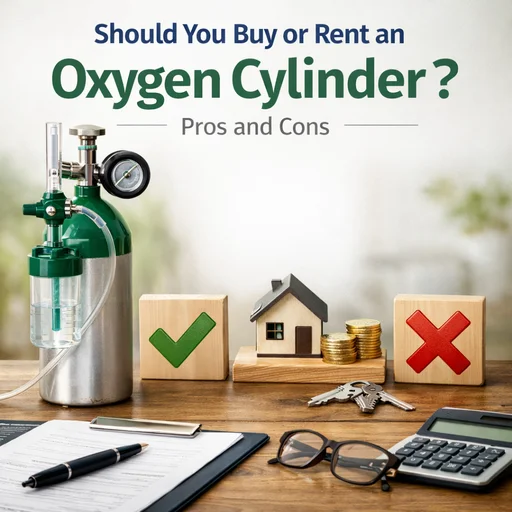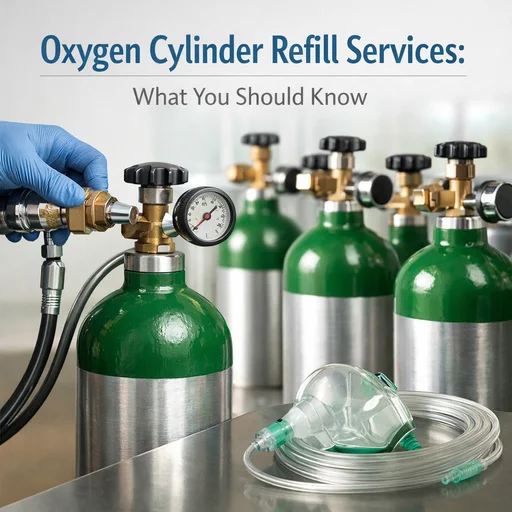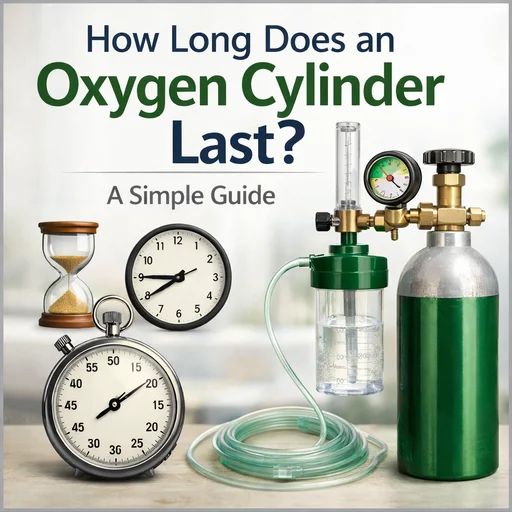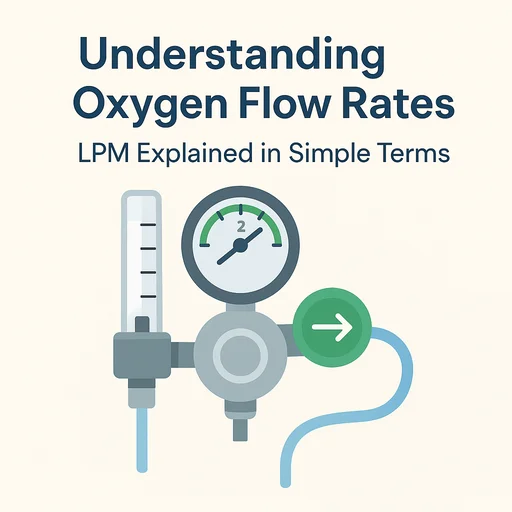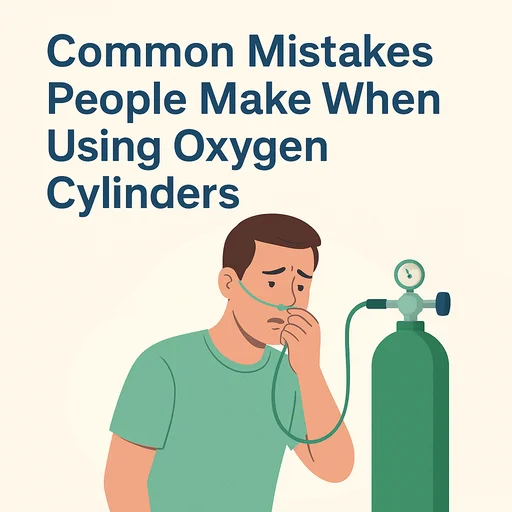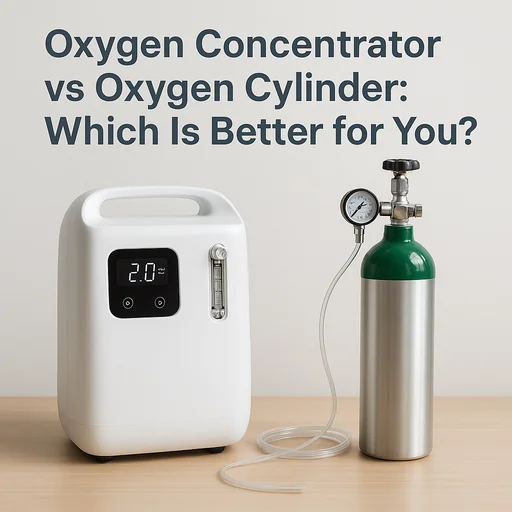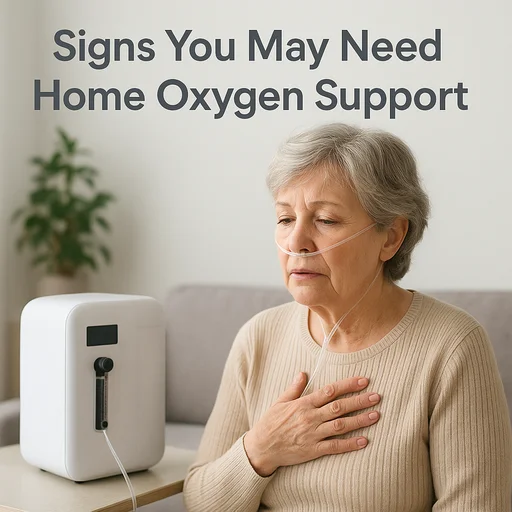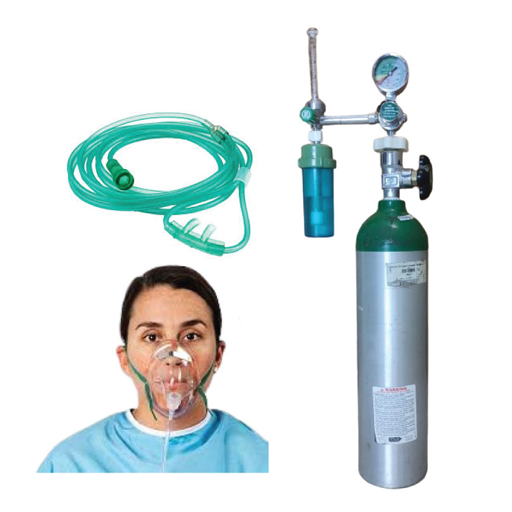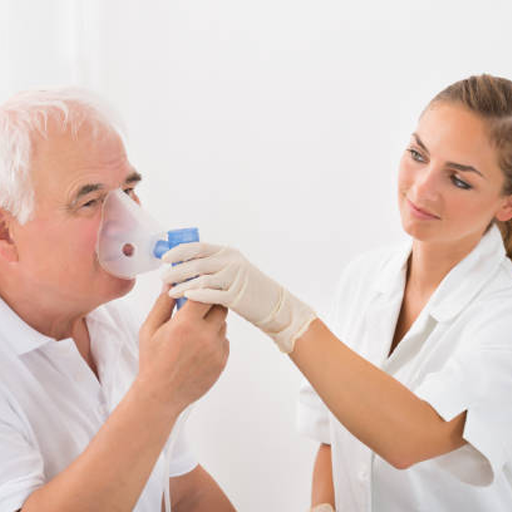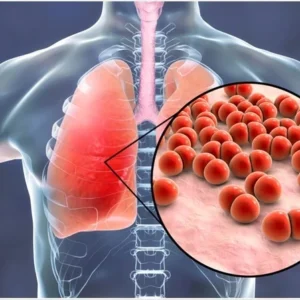Picture this: Your heart, the tireless engine that powers your entire body, starts to lose its strength. Blood flow slows, oxygen delivery falters, and every breath becomes a struggle. For millions living with heart failure, this isn’t just a scenario. It’s daily life. And for many, medical oxygen becomes not just helpful but necessary.
But here’s what most people don’t know: oxygen therapy isn’t the universal solution it was once thought to be. The science has shifted, and today’s approach is more nuanced than simply “more oxygen equals better health.” Let’s get into what’s really happening inside the body of heart failure patients and why oxygen therapy matters when it does.
What Happens to Your Body During Heart Failure
Heart failure doesn’t mean your heart has stopped working. It means the heart muscle has weakened and can no longer pump blood efficiently enough to meet your body’s needs. Think of it like a worn-out water pump that still runs but can’t generate the pressure it once did.
When the heart weakens, two critical problems develop: elevated pressure in the heart’s chambers and reduced blood flow throughout the body. The increased pressure in the left ventricle backs up into the lungs, creating congestion that reduces oxygen exchange. Meanwhile, decreased blood flow means less oxygen reaches your tissues.
The result? Your body enters a state of oxygen deprivation that affects everything from your brain to your muscles. Symptoms include headaches, shortness of breath, rapid heart rate, and bluish discoloration of the skin, fingernails, and lips. For many heart failure patients, breathlessness becomes the most troubling symptom, often driving them to seek emergency care.
When Medical Oxygen Becomes Essential
Not every heart failure patient needs supplemental oxygen. The decision comes down to one critical measurement: blood oxygen saturation levels.
Current medical guidelines recommend oxygen therapy when peripheral oxygen saturation drops below 90% to 94%, or when arterial oxygen pressure falls below 60 mm Hg. At these levels, your body isn’t getting enough oxygen to function properly, and intervention becomes necessary.
Medical oxygen therapy aims to prevent serious complications caused by low oxygen, including potential damage to the heart and brain. It can also help reduce symptoms like shortness of breath and ankle swelling.
But timing matters. For severely ill patients with oxygen saturation below 85%, respiratory distress with breathing rates exceeding 25 breaths per minute, and fluid in the lungs, oxygen therapy needs to be started immediately. In these situations, oxygen isn’t optional. It’s lifesaving.
The Equipment That Makes Breathing Easier
Once your doctor prescribes oxygen therapy, you’ll get a specific plan that outlines how much oxygen you need and when to use it. The delivery system varies based on your needs and lifestyle.
Oxygen comes in metal tanks as either gas or liquid. Liquid oxygen tanks are lighter and hold more oxygen, requiring fewer refills. For patients who need oxygen throughout the day and night, an oxygen concentrator often makes more sense. These machines pull oxygen directly from the air, eliminating the need for constant tank refills.
For heart failure patients in Bangladesh who need reliable oxygen equipment at home, having access to quality oxygen cylinders and oxygen concentrators with proper support can make the difference between struggling and maintaining stability. Quick delivery and 24/7 availability matter when breathing becomes difficult.
Your doctor will monitor your oxygen levels using either blood tests or a pulse oximeter, a small device that clips onto your finger. Many patients keep pulse oximeters at home to track their levels between appointments.
The Surprising Truth About Too Much Oxygen
Here’s where the story gets interesting. For decades, doctors routinely gave oxygen to all heart patients, believing it could only help. Recent research tells a different story.
Studies show that artificially high oxygen levels can cause harmful effects, including constriction of blood vessels in the brain, heart, and throughout the body. This hyperoxia can also trigger production of reactive oxygen species that damage cells through oxidative stress.
A large clinical trial found that routine oxygen therapy did not reduce death or hospitalization for heart failure in patients who weren’t already experiencing low oxygen levels. Another study showed that giving oxygen to heart failure patients with normal oxygen saturation didn’t reduce mortality and was actually associated with longer hospital stays.
The medical community has responded by changing recommendations. Recent practice guidelines now advise against routinely giving oxygen to cardiac patients who have normal oxygen levels. The new approach: oxygen when needed, but not as a blanket treatment.
Managing Oxygen Therapy at Home
If your doctor prescribes oxygen therapy, follow the prescription exactly. The prescription tells you how much oxygen you need and when to take it, just like medication. Don’t adjust flow rates on your own.
Safety becomes paramount when using oxygen at home. Oxygen supports combustion, so you must avoid open flames like candles and lit cigarettes. Nobody can smoke while you’re using oxygen. Stay away from heat sources like stoves and heaters, and avoid flammable substances like paint thinners. Use water-based lotions instead of petroleum-based products.
Your healthcare team will set a target oxygen saturation range for you to maintain. Once you’re clinically stable and your oxygen levels stay consistently in the upper range of your target, your doctor may begin gradually reducing your oxygen flow. This process requires careful monitoring to make sure your levels remain safe.
Special Considerations: Nighttime Oxygen Needs
Many heart failure patients experience a particular challenge: their oxygen levels drop during sleep, even when daytime levels seem fine. Stable heart failure patients who appear normal during the day may have undiagnosed nocturnal hypoxemia that goes undetected during typical office visits.
This happens because heart failure can trigger sleep-related breathing disorders. The breathing pattern becomes erratic, with periods of rapid breathing followed by pauses. Each pause causes oxygen levels to dip.
Overnight pulse oximetry performed at home can easily identify these nighttime oxygen drops. If testing reveals nocturnal desaturation, nighttime oxygen therapy can help stabilize oxygen levels and improve sleep quality.
What Research Tells Us About Outcomes
The evidence on long-term oxygen use in chronic heart failure remains mixed. Unlike patients with chronic lung disease who show clear benefits from long-term oxygen therapy, there’s no strong evidence that continuous oxygen therapy improves outcomes or symptoms for chronic heart failure patients who aren’t consistently hypoxemic.
However, research shows that between 10% and 25% of heart failure patients with preserved ejection fraction experience oxygen desaturation during physical activity that isn’t related to lung disease. These patients show more severe heart function abnormalities and higher mortality rates.
The takeaway? Oxygen therapy works best when targeted to patients who actually have low oxygen levels, particularly during activities that stress the cardiovascular system.
Moving Forward with Oxygen Therapy
If you’re living with heart failure, understanding when and why oxygen therapy helps gives you power over your treatment. Work closely with your healthcare team to monitor your oxygen levels and adjust therapy as your condition changes.
Medical oxygen is a tool, not a cure. It supports your body when your heart can’t keep up with oxygen demands. But like any medical intervention, it works best when used appropriately, at the right time, for the right reasons.
For those managing heart failure at home, having reliable access to medical equipment and support makes treatment more manageable. Whether you need oxygen for nighttime use, activity-related desaturation, or acute exacerbations, the key is ensuring you have the right equipment, proper training, and ongoing monitoring.
Remember: your oxygen saturation tells a story about how well your heart is functioning. Listen to that story, follow medical guidance, and don’t hesitate to reach out for help when breathing becomes difficult. Your heart may be struggling, but with the right support and treatment, you can still maintain quality of life and independence.


